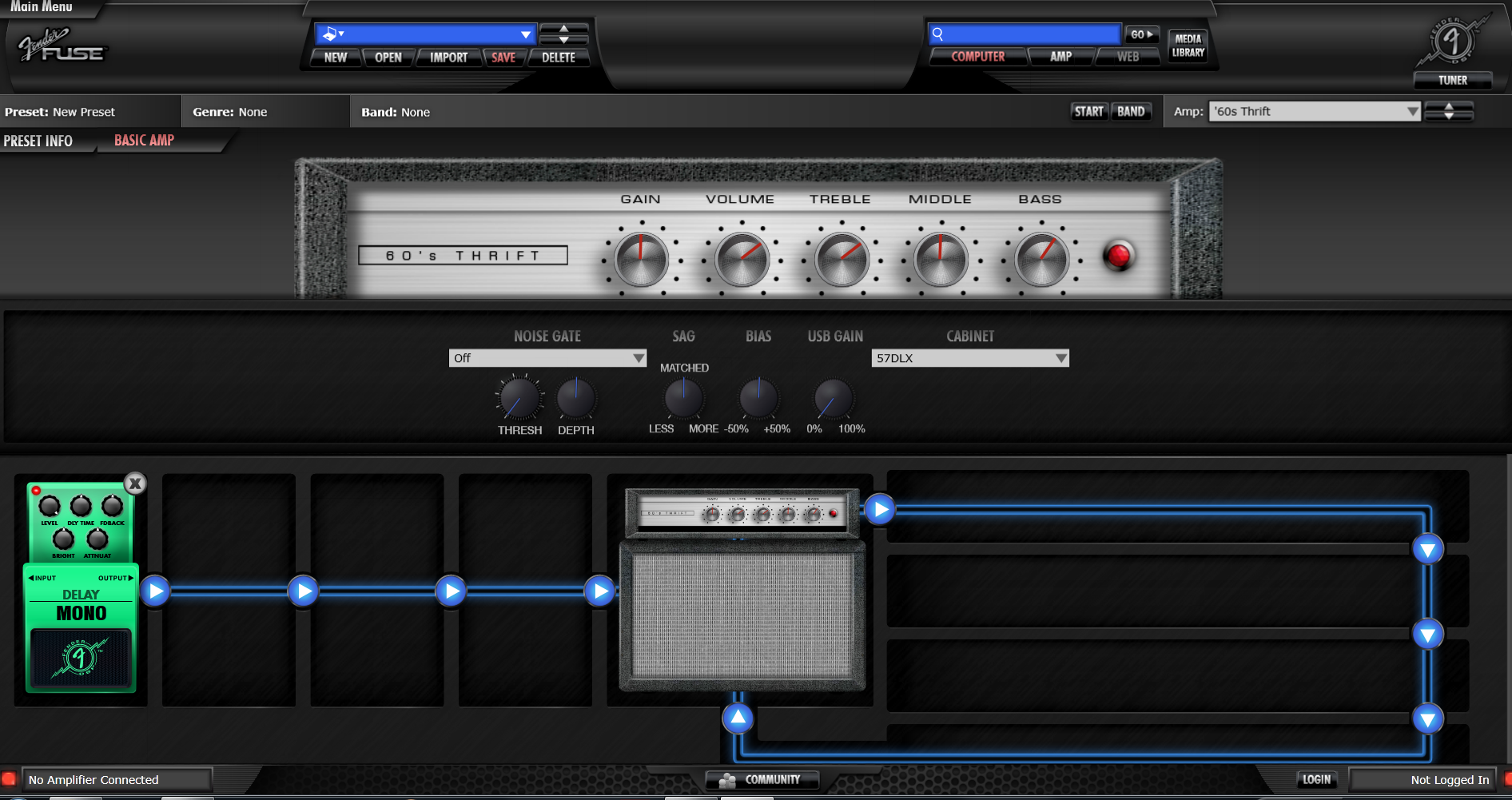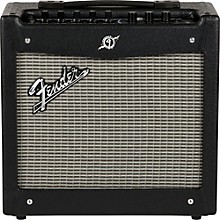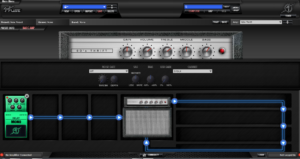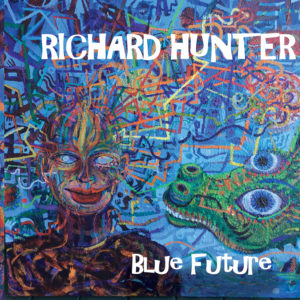
Get Ready for the Huntersounds Fender Mustang Patch Set
Inspired by David Barrett’s review of the Fender Mustang I modeling amp, I downloaded Fender’s FUSE software for the Mustang v.2 amps today. Very impressive. Unlike Digitech’s Xedit, you can run FUSE without a device connected for purposes of editing and saving patches, and I did. The amp models include ALL the traditional Fender food groups: ’57 Champ, ’57 Bassman, ’57 Twin, ’57 Deluxe, ’65 Princeton Reverb, ’65 Twin Reverb, ’65 Deluxe Reverb. It’s even got a “60’s Thrift” amp model that models a Sears Silvertone, which should be plenty rough enough. In short, it’s a lot of very harp-friendly amp models, including the ones I get asked to emulate most often.

The delays and reverbs come in multiple flavors, including ’63 and ’65 spring reverbs and mono and tape delays, and the distortions include emulations of a number of well known stomp boxes. There are standard time-based FX like phase shift/chorus/flange plus pitch-based and filter FX, which can be placed in any order before or after the amp and cabinet models (but only one mod effect, one delay, one distortion, and one reverb per patch, no matter the order). There’s a rotary speaker effect and a few vibratos and tremolos for wobble sounds. In other words, all the basics for patches that will work well with harmonica are in the box.
The mustang V.2s are mostly out of production now, but the 8″ 20 watt Mustang I v.2 is still in production, and the bigger Mustang v.2 amps can easily be found on eBay and guitarcenter.com. So I’m sure I can sell some patch sets for these things, and given the variety of traditional Fender amps models in the box I suspect that those patches will appeal plenty to any harp player who wants a roomful of classic Fender amp sounds for short money. (Used Mustang I v.2s are selling for as little as $50 in good condition, and the Mustang II v.2, with 40 watts and a 12″ speaker, goes for as little as $110 used.)

Downside: the onscreen rotary controls can only be operated with a mouse–you can’t type values in–so it’s kinda fiddly to get precise values. But so what. I’m going to get myself a Mustang amp and start making some patches for harmonica players. Expect something within the next couple of months, quantity of patches and pricing to be determined (but at the least I’m going to put together bread-and-butter-amp-reverb-delay patches for all the Fender amp models).
If you liked that, you’ll like these:
the 21st century blues harmonica manifesto in sound
Get it on Amazon
Get it on iTunes
the rock harmonica masterpiece
Get it on Amazon
Get it on iTunes
Tags In
Related Posts
1 Comment
Leave a Reply
You must be logged in to post a comment.
WHAT’S NEW
Categories
- Audio/Video
- Blog
- Blue Future
- Digitech RP Tricks and Tips
- Discography, CDs, Projects, Info, Notes
- Featured Video
- For the Beginner
- Gallery
- Hunter's Effects
- Hunter's Music
- Huntersounds for Fender Mustang
- Meet the Pros
- More Video
- MPH: Maw/Preston/Hunter
- My Three Big Contributions
- Player's Resources
- Pro Tips & Techniques
- Recommended Artists & Recordings
- Recommended Gear
- Recorded Performances
- Reviews, Interviews, Testimonials
- The Lucky One
- Uncategorized
- Upcoming Performances
- Zoom G3 Tips and Tricks



Hi Richard
Been running your patches through an RP150 for a couple of years and very impressed.
Recently stumbled on your page regarding the Mustang 1 v2. Picked a used one up and
I am actively looking forward to your patches for it.
Makes alot of sense, multi effects and cabinets amplified at source!